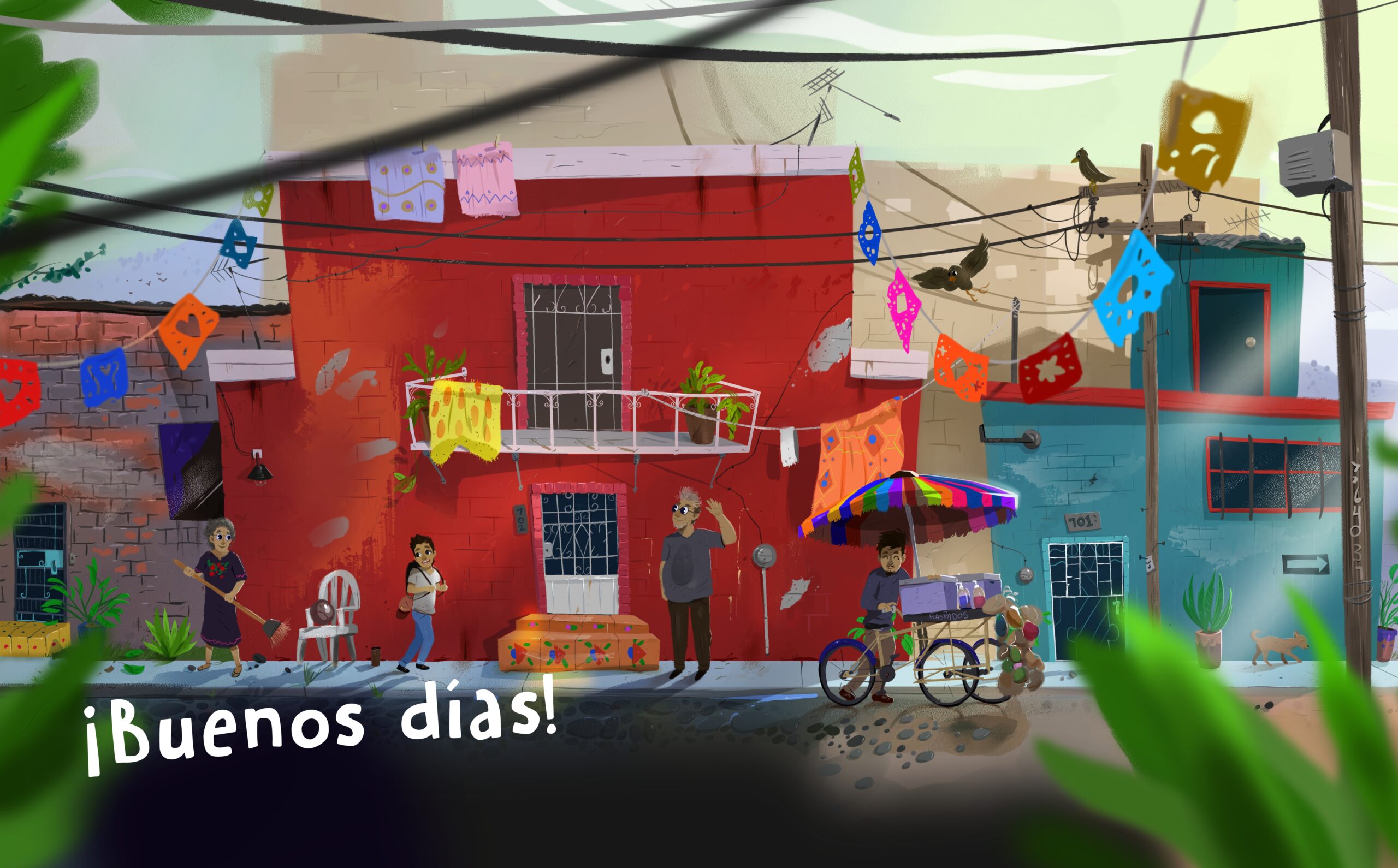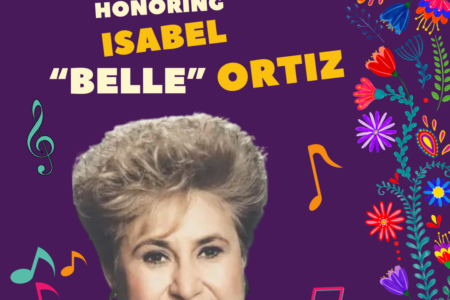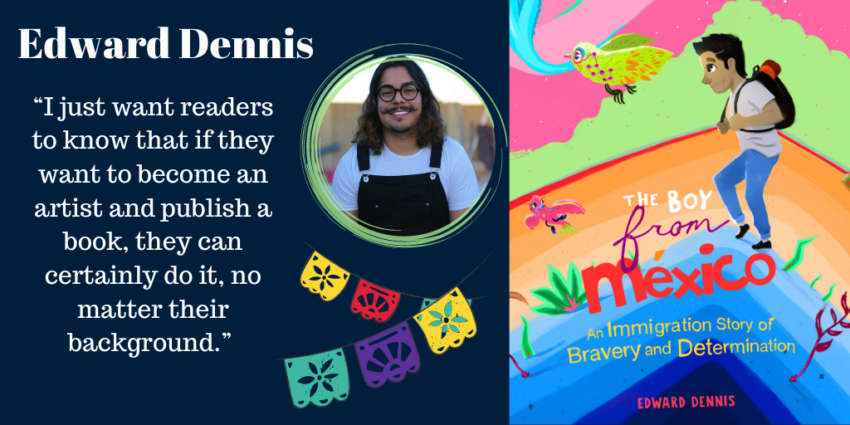
Share On Social!
In a modest house in Maryvale, Arizona, a young Latino boy watched wide-eyed as the famous artist, Bob Ross, painted a masterpiece on TV.
With each brush stroke and happy little tree, the boy’s excitement grew in anticipation for the end result – a beautiful piece of landscape art.
The boy grew even more excited as he realized two of his other artistic role models – Mr. Rogers and Levar Burton from Reading Rainbow – would appear on TV later that day.
Feeling inspired, the boy – Edward Dennis – scurried off to sketch some drawings and work on his own passion and talent for art.
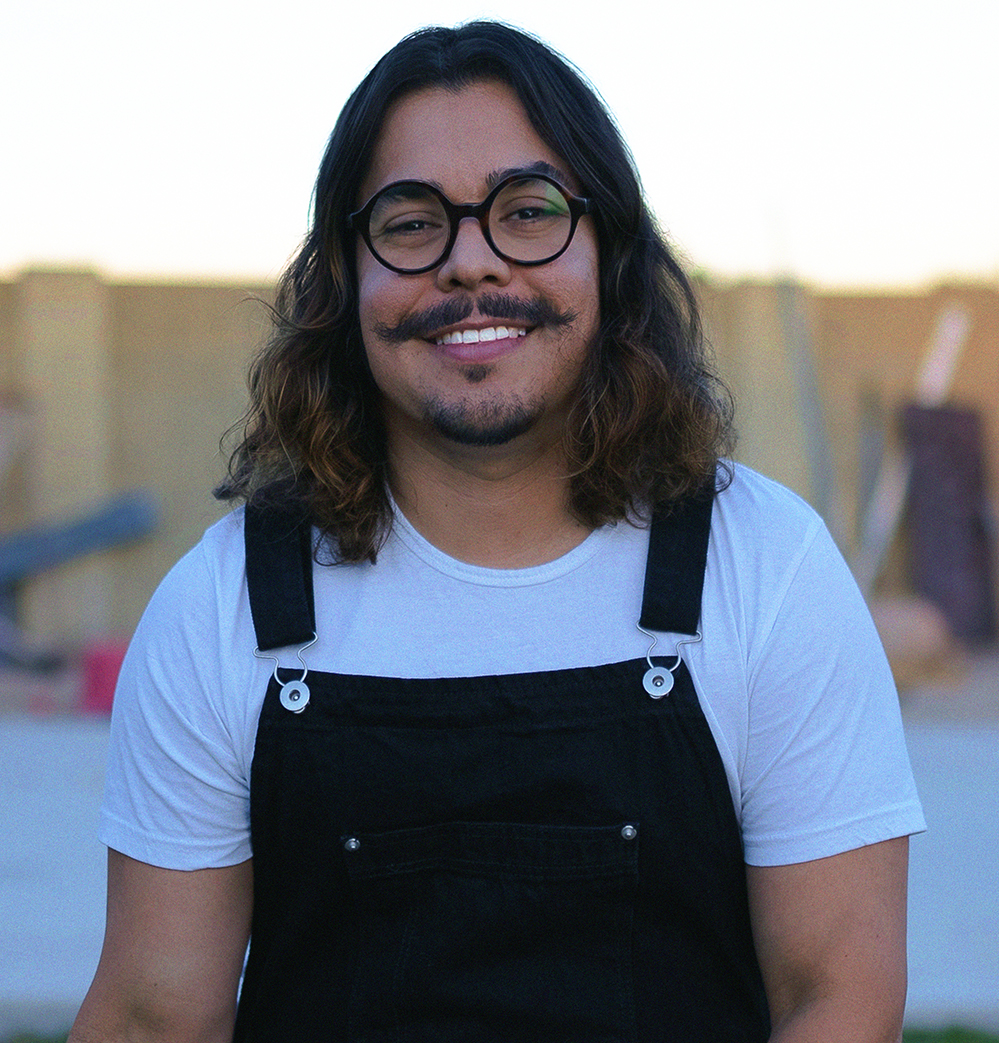
Now grown up, Edward is a freelance artist with an impressive resume that includes clients like Disney, Shimano, Giant Bicycles, Toyota, and various video game companies.
But his latest and proudest accomplishment is publishing The Boy from Mexico, a vivid children’s book about a young Latino immigrant creating a new life in the US.
Edward hopes that by telling the story of Luz, the main character in The Boy From Mexico, he can help more Latino children “see themselves” in books and teach all children to have empathy for others.
The book will be officially released Nov. 8, 2022, at major retailers, such as Wal Mart, Target, and Barnes & Noble.
While the book points no political fingers and tells an unbiased story, the journey to developing and publishing The Boy from Mexico took a few years, partially due to the book’s politically sensitive topic and the high rejection rate for children’s book ideas.
Nevertheless, Edward remained vigilant and reached his childhood dream of publishing a children’s book through hard work and staying true to himself.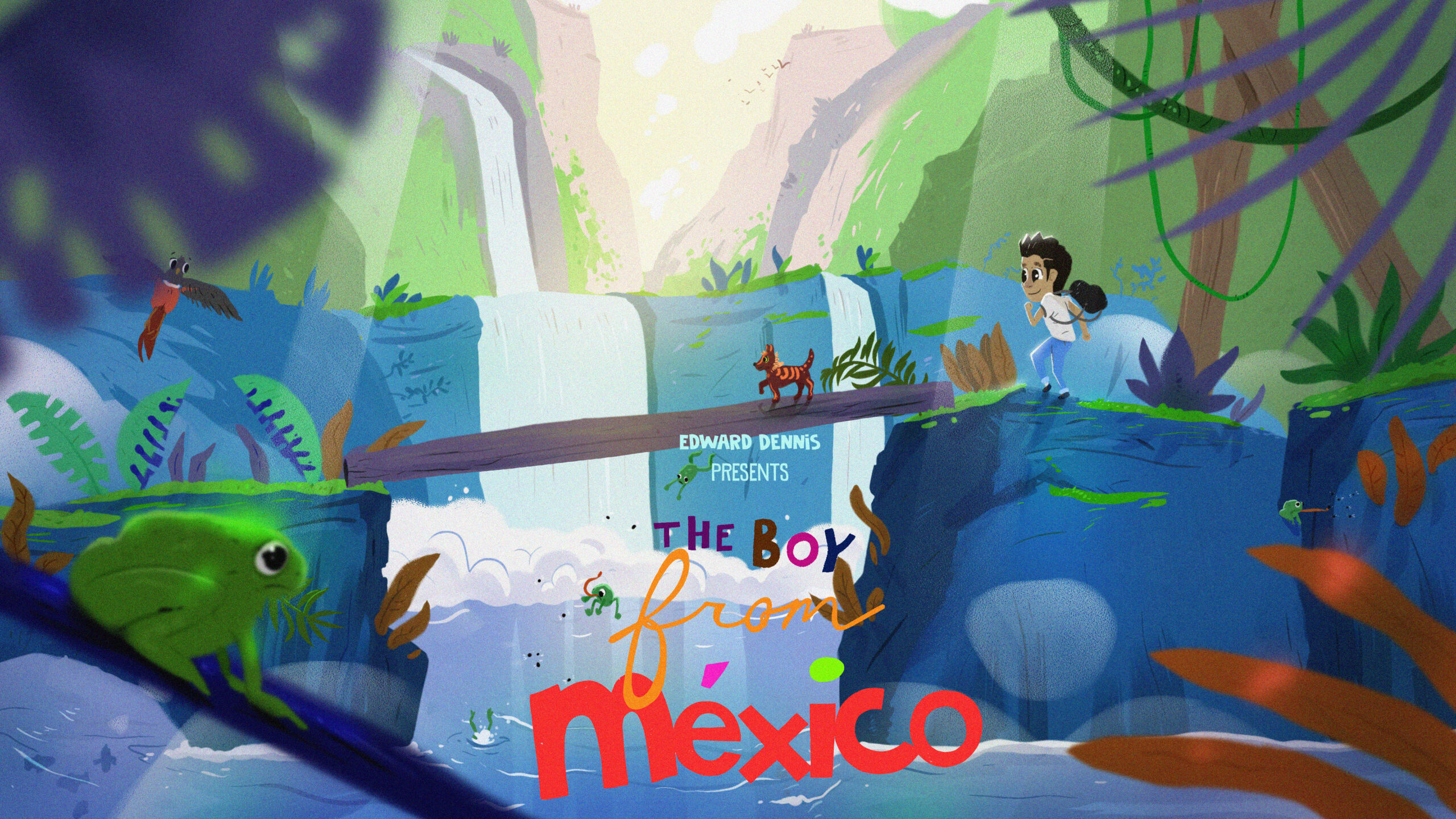
Who is The Boy From Mexico?
Edward modeled his book character, Luz, after himself as a child.
As a third-generation Latino immigrant growing up in in Maryvale (76% Latino), an urban village of Phoenix that was one of the nation’s roughest neighborhoods in the 1980s, Edward saw firsthand how an unsafe neighborhood can impact one’s health and wellbeing.
In pursuit of a healthier atmosphere, Edward’s family packed their bags and moved about 30 miles north to Peoria, a primarily Caucasian city.
This move helped Edward gain some understanding of some of the challenges Latino immigrants face, such as feeling accepted in a new community.
“There was this war within myself of ‘who am I?’ I was trying to fit in with the Caucasian children, but I was also going back to see my friends from my old neighborhood a lot, and it was just a confusing time,” Edward said.
In addition to the lack of Latinos in his new city, Edward began taking notice of the lack of Latinos in children’s entertainment.
“I can’t remember ever seeing anyone that looked like me in books and TV shows. As a kid, you don’t really think about how that affects you. It starts to wear on you over time,” Edward explained. “You start not liking your skin color, and especially when you live in a white neighborhood, you look at yourself and ask, ‘Why is my skin darker?’”
Unfortunately, the lack of diversity in children’s book characters is nothing new.
For example, of the 3,700 books received at the Cooperative Children’s Book Center in 2017, just 216 of those books had significant Latino characters. That’s less than 1% of children’s books, despite Latinos accounting for 18.9% of the US population.
Throughout these challenges of feeling like he was different, art was always there to help Edward cope. His mom was particularly supportive of his passion for art.
“My mom always believed and emulated to me that if I do my best and try really hard, I could make a book one day,” Edward said.
Pursuing Authorship
In pursuit of the goal of becoming an author, Edward enrolled as an art major at the University of Arizona.
However, despite his strong attraction to art, the first-generation college student changed his major to special education and took a job after college as a teacher.
“I realized I didn’t actually need a degree to do art, and as someone who is now a professional artist, no one has ever asked for my degree. They look at my portfolio,” Edward explained. “After school, I taught special education in downtown Phoenix for 10 years. It was a tough job. But I liked it, and it ultimately led me to writing children’s books because I felt that there had to be another way to help kids learn.”
Edward was right – while he was an impactful special education teacher, his talent for art and storytelling had strong potential to help kids learn about empathy through books.
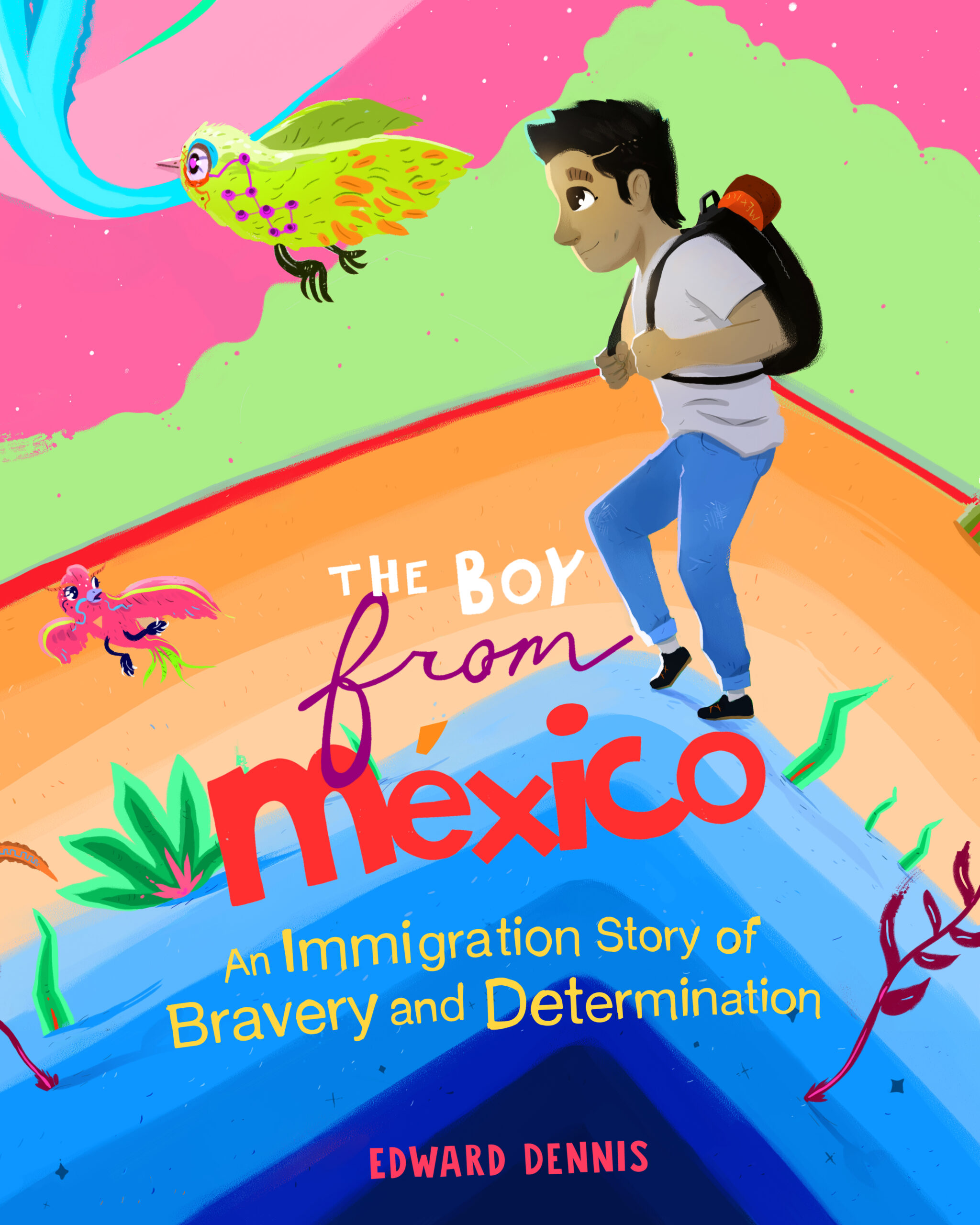 He eventually decided to pursue art full time as a freelancer and begin working on The Boy From Mexico.
He eventually decided to pursue art full time as a freelancer and begin working on The Boy From Mexico.
“I spent two years illustrating The Boy From Mexico and seven months writing it, then another year editing it. So the book is very much part of me,” Edward said.
Unfortunately, while turning The Boy From Mexico into reality, Edward lost his biggest supporter.
“My mom passed away about a year and a half ago, unfortunately, but before she passed away, she did get to see the early version of my book, and she did get to see me sign my publishing contract. So, she was she was very proud of me,” Edward said.
The Boy From Mexico Comes to Life
The journey to authorship was not easy, as the publishing rejection rate for children’s books is about 99.8%, according to Edward.
“That’s why self-publishing so popular, but I knew I wanted to get the book into the big retailers, so I could reach more children of color. That was another part of my dream,” Edward said.
Further, it can be even harder for minority authors to publish a book because of a diversity gap in children’s book publishing. In 2017, Black, Latino, and Native authors combined wrote only 7% of children’s books, according to Lee & Low Books.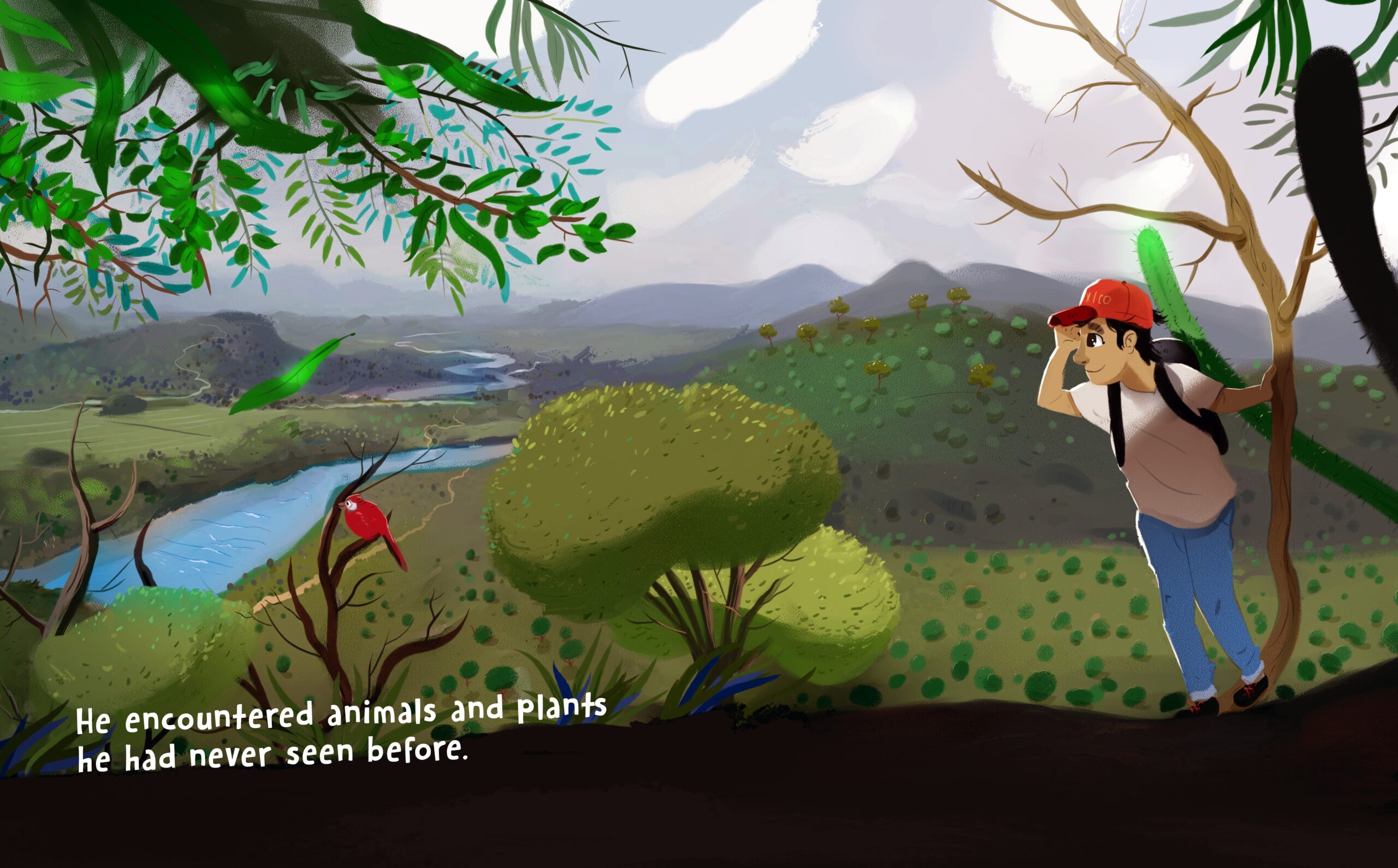
Additionally, immigration can be a politically sensitive topic, with political parties and Latinos themselves having divided opinions on US immigration policies. As a result, some publishers were reluctant to pursue Edward’s book.
In one case, a publisher agreed to publish Edward’s book only if the characters were turned into animals, and the setting changed to a fantasy land.
“I don’t hold any grudges against that publisher, but I think it’s wrong,” Edward said. “I get it. It’s a business move. But ultimately this book is about representation, and I wanted it to be a story that’s personal to me.”
Reading into the Future
The Boy From Mexico ultimately received seven publishing deals, with Edward accepting a deal from a company in Miami, Florida, that supports diversity in book authors and characters.
The publishing deal included two more books about Luz’s new life in the US, with book two focusing on Luz’s career journey, and book three focusing on Luz’s children. So hopefully in the next few years, Latino children and all readers can follow Luz through other phases of life.
While the book is still a few weeks away from its official release date, The Boy From Mexico has already received glowing reviews from CNN in Espanol, Telemundo, Univision, and Azteca TV.
Edward hopes readers will find as much joy in reading The Boy From Mexico as he did creating the book.
“I just want readers to know that if they want to become an artist and publish a book, they can certainly do it, no matter their background,” Edward said. “I come from nothing other than people who loved and encouraged me.”
Learn more about Edward and the The Boy From Mexico, and stay tuned for the book’s release!
Explore More:
Embracing ImmigrantsBy The Numbers
44
million
immigrants live in the United States
This success story was produced by Salud America! with support from the Robert Wood Johnson Foundation.
The stories are intended for educational and informative purposes. References to specific policymakers, individuals, schools, policies, or companies have been included solely to advance these purposes and do not constitute an endorsement, sponsorship, or recommendation. Stories are based on and told by real community members and are the opinions and views of the individuals whose stories are told. Organization and activities described were not supported by Salud America! or the Robert Wood Johnson Foundation and do not necessarily represent the views of Salud America! or the Robert Wood Johnson Foundation.

